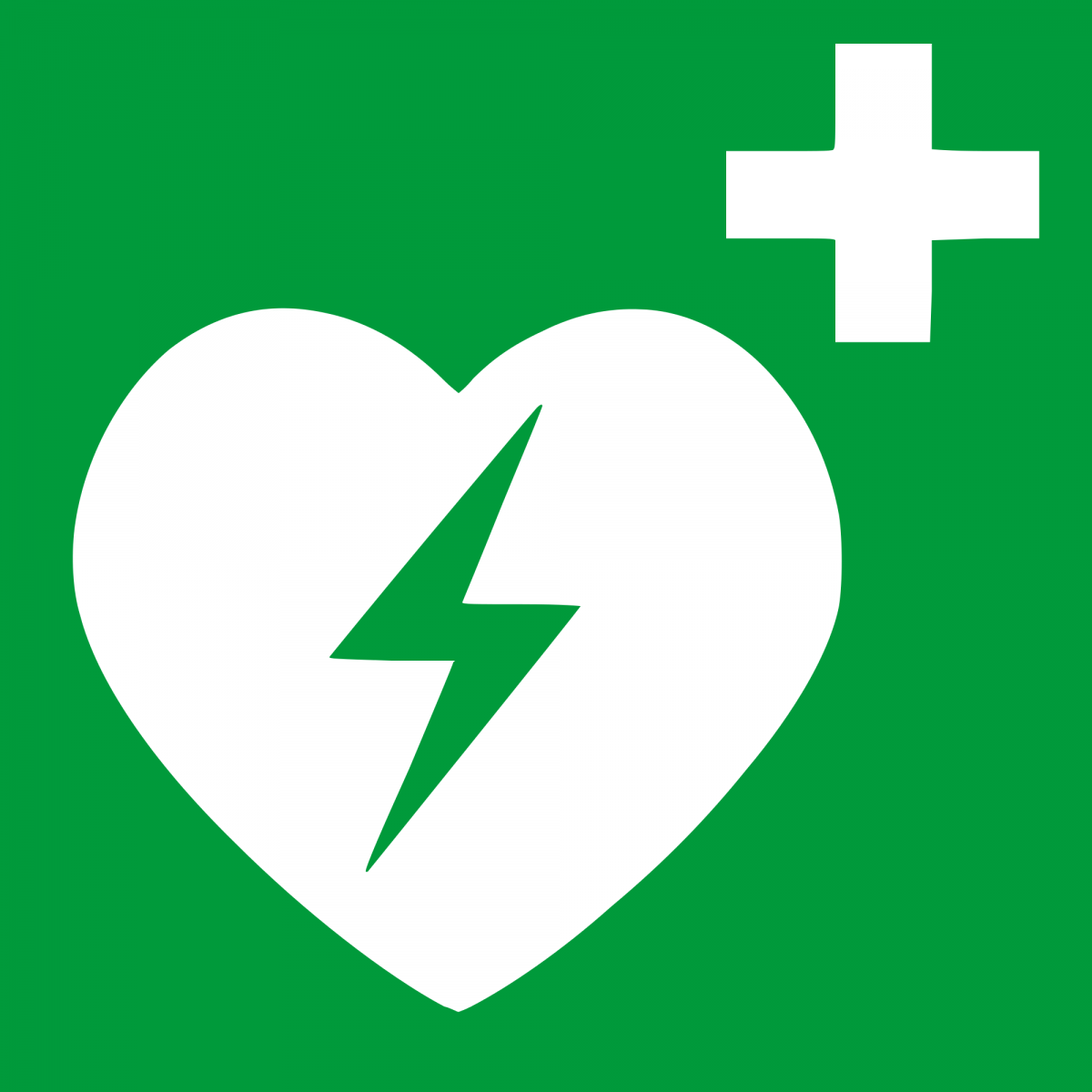An Implantable Defibrillator to Treat Dangerous Heart Rhythms
By Jeemin Kwon
 By Jeemin Kwon
By Jeemin Kwon
The S-ICD is an FDA-approved device that can prevent sudden cardiac arrest; this trial is testing it in people with diabetes who’ve had prior heart attacks with relatively preserved heart function
Clinical Trials Identifier: NCT02787785
Trial name: Multicenter Automatic Defibrillator Implantation Trial with Subcutaneous Implantable Cardioverter Defibrillator (MADIT S-ICD)
Diabetes type: Type 1 and type 2 diabetes
What the trial is testing: The trial is testing whether a device called a subcutaneous implantable cardioverter defibrillator (S-ICD) can help people with diabetes who have had a heart attack and relatively preserved heart function (measured by a term called “ejection fraction”). The S-ICD is an FDA-approved device that works to treat life-threatening heart rhythms and prevent cardiac arrest in patients with reduced heart function. The S-ICD is not yet approved for use in this trial population – people with relatively preserved heart function. The device, which is implanted underneath the skin on the left side of the chest, constantly monitors heart rhythms. If it detects a fast, life-threatening abnormal heart rhythm, it sends out an electrical shock to correct it (similar to an external defibrillator). See here for more information about the S-ICD.
What the trial is measuring: Trial participants will be randomly divided into two groups: one group will receive the S-ICD device and the other will not. The trial will track the number of deaths (from any cause) to see if the S-ICD will save lives compared to conventional medical therapy in this trial population.
Why is this new/important? People with diabetes, especially following a heart attack, are at greater risk for cardiac arrest than people without diabetes. Studies suggest that people with diabetes in relatively good heart health (ejection fraction of 36-50%) have a similar risk for death and cardiac arrest as people without diabetes who have poor heart health. Because people with diabetes face increased risk, the S-ICD may be useful to treat abnormal heart rhythms and improve health outcomes.
Trial length: There is no set end date to the trial, but the estimate is a 2.5-year follow-up.
Trial locations: This study will be active at approximately 100 locations across the United States, Europe, and Israel. Click here for a detailed list and contacts specific to each location.
Do you qualify? Select inclusion criteria include:
-
Age 65 or greater
-
Diabetes diagnosis with management plan that includes oral (pill) medication, non-insulin injections, or insulin
-
Left ventricular ejection fraction (LVEF) of 36-50% – this requires imaging tests normally done after a heart attack
-
Have experienced one or more heart attacks (myocardial infarctions) more than three months before joining trial
Exclusion criteria include:
-
LVEF greater than 50% or less than 36%
-
Already have an implanted ICD, CRT, or pacemaker device
-
On dialysis
-
BMI greater than 45 kg/m2 (calculate BMI here)
-
Active infection when joining trial
Click here for the full list of inclusion and exclusion criteria.
Where to get more information: For more information about this trial, see the clinical trial page. Click here for contacts specific to each trial location.







